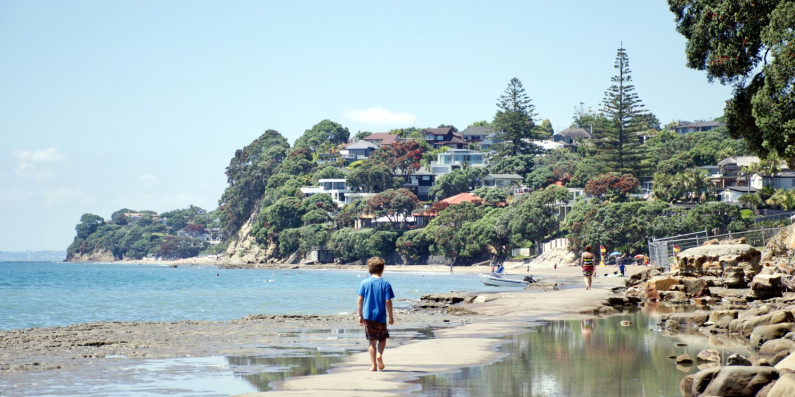In response to the Ministerial Inquiry into Land Use, the Government has established two new roles to help support the recovery effort in Tairāwhiti (Gisborne).
On 4 September 2023, Ministers appointed Michael Campbell as Resource Management Act (RMA) Advisor and Rachel Reese as Facilitator. These two new appointments are among a series of actions the Government is taking to respond to the Ministerial Inquiry into Land Use.
As RMA Advisor, Michael will work closely with Gisborne District Council on the resource management framework which governs activities that create risk from sediment, erosion and woody debris, while supporting the transition to more sustainable land uses.
Michael is a Director of an Auckland-based resource management consultancy with more than 20 years’ experience in plan-making and consenting under the RMA. A former group manager for consenting at Waitakere City Council, he has experience across a range of RMA matters.
As Facilitator, Rachel will assist the Gisborne District Council, hapū, iwi, and stakeholders in the region, and support an integrated response.
Rachel is a former mayor of Nelson and highly experienced as a facilitator and mediator for regional partnering on environmental matters. She will be advising the Ministers for the Environment and Forestry on non-RMA actions to support the recovery and response in the context of the Ministerial Inquiry into Land Use recommendations.
The Ministry for the Environment and the Ministry for Primary Industries will provide support for the two new appointments as they build on the work done by the Ministerial Inquiry into Land Use.
If you have any questions, please contact milu@mfe.govt.nz.
You can also stay up to date with the latest updates by clicking the link below.
Latest updates
